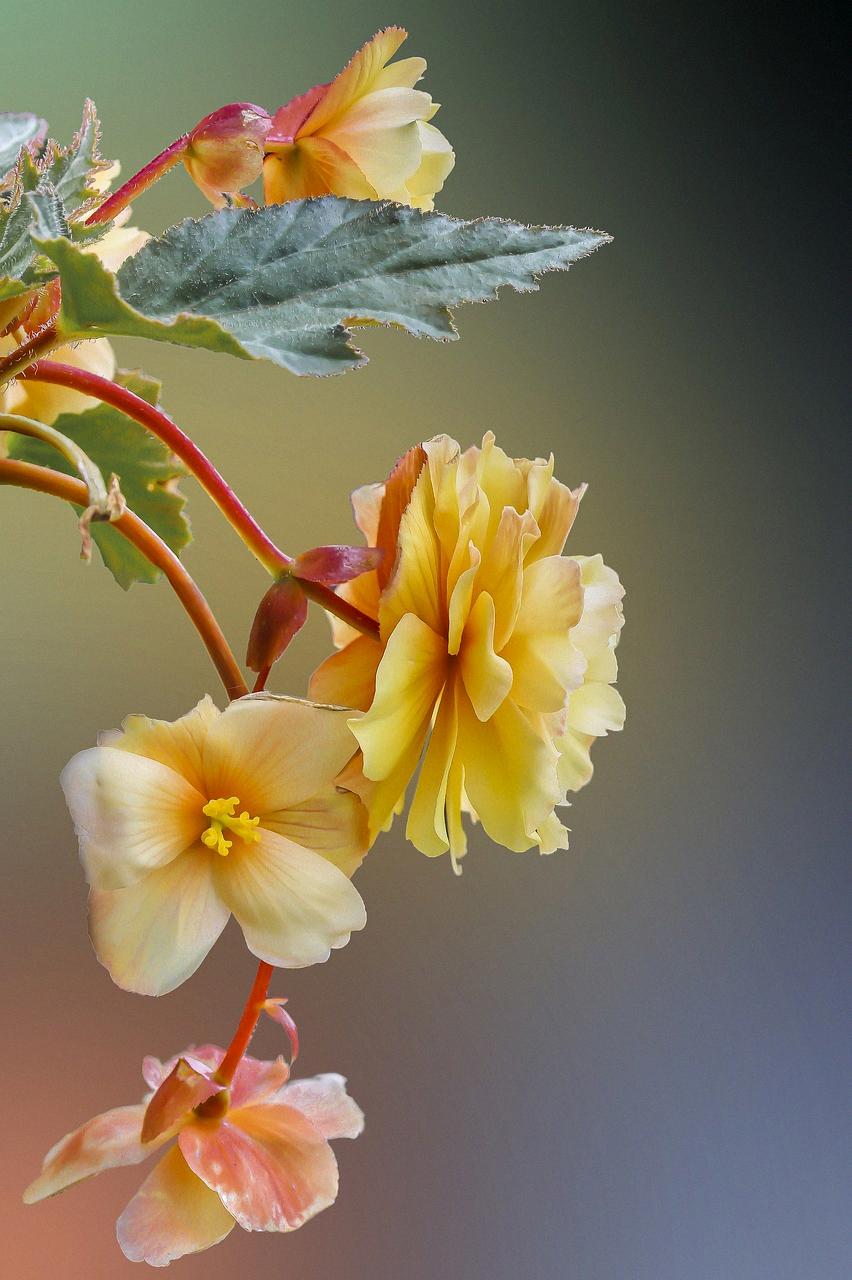When it comes to the optimal placement for begonias in your garden, several key factors need to be taken into consideration. One important aspect to keep in mind is the amount of sunlight that begonias require to thrive. In cooler regions, begonias can handle more direct sunlight compared to areas with scorching temperatures. It’s crucial to provide them with bright, dappled light to ensure they grow vigorously.
Another vital consideration is the type of soil that begonias prefer. These plants tend to flourish in well-drained, fertile soil that is lightweight. Ensuring that the soil has proper drainage is crucial, as begonias are prone to root and stem rot if exposed to cold, damp conditions. By providing them with the right soil conditions, you can help prevent these issues and promote healthy growth.
When selecting a location for planting begonias, it’s essential to choose a spot that offers the ideal balance of sunlight and shade. Look for an area in your garden that receives adequate light without being subjected to intense, direct sunlight for prolonged periods. This will help begonias thrive and produce beautiful blooms throughout the growing season.
Consider the microclimate of your garden when deciding where to plant begonias. Take note of any areas that may be more sheltered or exposed to harsh weather conditions. By selecting a sheltered spot that offers protection from strong winds and extreme temperatures, you can create a conducive environment for your begonias to grow and flourish.
It’s also essential to assess the surrounding vegetation and structures when choosing a planting location for begonias. Avoid areas that are overcrowded with other plants or surrounded by large structures that may block out sunlight. Opt for a location that allows begonias to receive ample air circulation and light to maximize their growth potential.
One factor that is often overlooked when planting begonias is the proximity to water sources. Ensure that the chosen location is within reach of a water source for easy irrigation. Begonias require consistent moisture to thrive, so having easy access to water will make it simpler to keep them adequately hydrated throughout the growing season.
Consider the aesthetic appeal of the planting location when deciding where to place begonias in your garden. These vibrant plants can add a pop of color and texture to any outdoor space, so selecting a spot that allows them to be showcased prominently can enhance the overall visual impact of your garden.
Take into account the overall layout of your garden when choosing a planting location for begonias. Consider creating groupings or clusters of begonias in strategic areas to create focal points or borders. By incorporating begonias into your garden design, you can elevate the aesthetic appeal of your outdoor space and create a cohesive look.
It’s essential to monitor the growth and development of your begonias once planted to ensure they are thriving in their chosen location. Keep an eye out for any signs of stress or damage, such as wilting leaves or discoloration. By regularly inspecting your begonias, you can address any issues promptly and provide them with the care they need to flourish.
Be mindful of the seasonal changes and their impact on the planting location of your begonias. Adjust their position as needed to accommodate shifting light levels or temperature fluctuations. By staying attuned to the changing conditions in your garden, you can optimize the growth and blooming potential of your begonias throughout the year.
Consider experimenting with different planting locations for begonias in your garden to see where they perform best. Try placing them in various spots with varying light conditions and soil types to determine the optimal environment for their growth. By observing how begonias respond to different settings, you can learn more about their preferences and tailor their care accordingly.
In conclusion, when deciding where to plant begonias in your garden, it’s essential to consider factors such as sunlight exposure, soil conditions, water accessibility, and aesthetic appeal. By selecting a location that meets the specific needs of begonias and offers them a conducive environment to thrive, you can enjoy vibrant blooms and lush foliage throughout the growing season.

